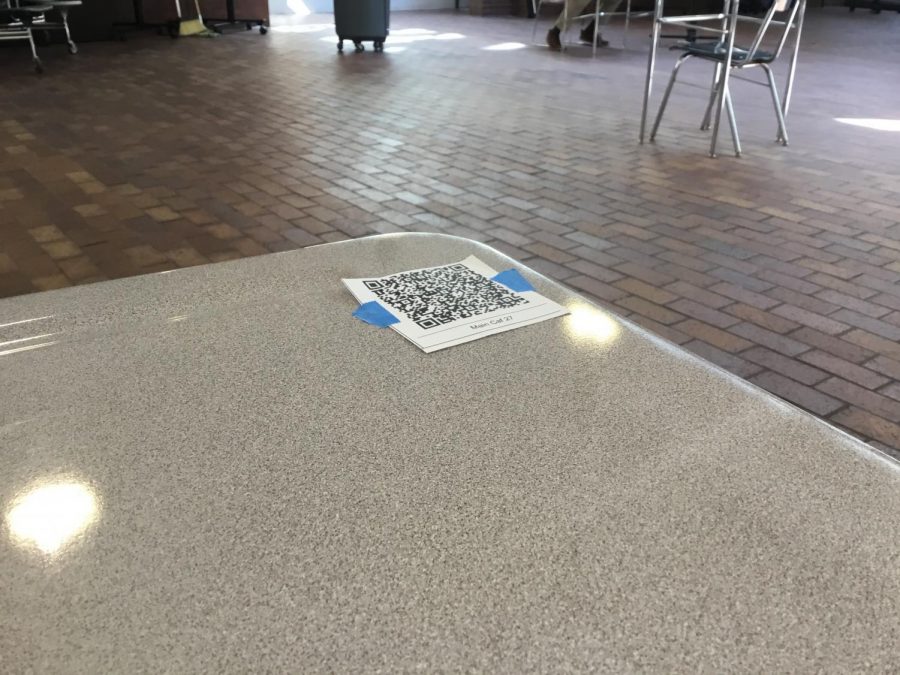New QR Code Attendance System
Newly-introduced QR codes bring a more efficient method of taking attendance.
May 30, 2021
The first few minutes of most CRLS classes taken up by teachers eagerly trying to complete their attendance is an issue that CRLS junior Sophie-An Kingsbury Lee has addressed head on. Kingsbury Lee has developed a system that could take away this tedious and time consuming task by enabling students to be responsible for their own attendance, and ideally “allow[ing] teachers to focus more on teaching rather than administrative duties like attendance.”
The system is based around a Quick Response (QR) code for each classroom that is simple and quick to use. On request, Kingsbury Lee creates a QR code for the specific class and a Google Sheet that stores the information collected from the QR code. Once created, the teacher prints the QR code and displays it somewhere accessible in the class so that students entering can pull out their smartphone or Chromebook and scan the code. The code takes students to a Google survey where they enter the period of their class; the room number, students’ email, and time are automatically filled out. On completion, the survey logs the email of the student and the time it was filled out on a spreadsheet which the teacher has access to. In this way, teachers no longer have to pay attention to each student entering throughout an entire period. Kingsbury Lee believes “it’s fast and it’s easy.”
The idea started when Kingsbury Lee attended the Tinker For Change School-Wide Hackathon just a few months ago, during February break. The project was originally a close contact tracking system for COVID-19. After positive feedback she was asked about repurposing it for an attendance system. Taking the suggestion she made the new QR attendance system and already several teachers are piloting it at the school.
Mr. Christopher Montero, a history teacher at CRLS, has started using the QR code system. Montero has found that “it allows [him] to stay focused on what [the class] need[s] to accomplish, [support] students who need help, but most importantly it reduces interruptions when someone arrives late or leaves early because they can just record their own sign in and out.”
Other teachers have similar feedback: Ms. Tobe Stomberg, a CRLS science teacher, is also piloting the system, and has found it easy and efficient for the few in-person students in her class. For her, the most promising aspect of the system is the pressure it may take off of teachers: “Attendance record-keeping takes up precious teaching time. It would be great to share some of the responsibility with students.”
While being efficient, the system does have possible hurdles to overcome. Mr. Ross Benson, a math teacher at CRLS, is piloting the system and realizes the potential of such a system, but worries about the inequity it may highlight: “Not everyone has a smart phone with a camera. Even if you can do it with a Chromebook, it would be very obvious to everyone what you were doing and why.” Such an issue poses a problem, but could be avoided simply by requiring all students to use their Chromebooks. Whatever the solution may be, the system has high potential and could play a critical role when the school inevitably returns fully to in-person learning.
The teachers testing the system are already looking for ways the system could perhaps be connected to Aspen so that they wouldn’t have to log the times from the spreadsheet into Aspen manually. Regardless, Mr. Benson put it simply, “Having a QR system could make taking attendance a lot easier for teachers,” which is more important than it may seem.










